The Etruscan Coast is a part of the Tuscan coastline, north of the Maremma, from Livorno to the promontory of Piombino, which is characterized by its large beaches. Its history was marked before the Romans by the Etruscan presence. The latter founded Populonia on the promontory bordering the Gulf of Baratti, where the necropolises were sources of many testimonies of the Etruscan civilization.
Presentation
The Etruscan coast has some rocky portions as in its northern part of Castiglioncello with its red cliffs, but above all long sandy beaches and pine forests of Vada to the promontory of Piombino, passing by San Vincenzo or the thermal baths of Venturina. The hills of the interior hide treasures such as the Buddhist temple of Pomaia, the archaeological park of San Silvestro, trails to walk on foot, horseback or mountain bike, between the maquis, culture, the Val di Cornia with beautiful vineyards, Etruscan remains and charming villages such as Suvereto, Campiglia Marittima and Casale Marittimo.
If you see this after your page is loaded completely, leafletJS files are missing.
Gastronomy
On the Etruscan coast, fish has always been a staple, but the land also provides the material for local cuisine, with its production of olive oil, excellent wines, vegetables such as violet artichoke in Val di Cormia, and game such as wild boar in the forests as well as chestnut.
In Castiglioncello, for example, you can enjoy fish soups, seafood risottos or vegetables with dressing (in pinzimonio). Montescudaio has a wine production AOC in the Val di Cecina, including red (Sangiovese, Trebbiano, Malvasia) and white (Trebbiano, Malvasia and Vermentino) grapes dry and sweet. Towards Guardistallo, the monastery of Valserena produces liqueurs, including nocino made from walnuts, amaros or eucalyptus liqueurs. In Sasseta, the cuisine is inspired by the forest with roast boar or salami, or chestnut including ricotta and chestnut tortellini or pastry.
In the Val di Cornia, near Suvereto and Campiglia Marittima, vegetables such as purple artichokes are grown, and wines with a AOCG-recognized appellation are among the best from Tuscany to Suvereto and Bolgheri.
Around Populonia and Piombino, Traditionally cooked seafood, and of course fresh fish including octopus, stockfisch and bonito (palamita), but also the products of the earth.
Etruscan Coast Wine Route
The Etruscan coast can be discovered by a wine and olive oil route, about 150 km long, from Livorno to Elba, with 5 areas of controlled appellations for wine (AOC), rich gastronomy and extra virgin oils.
The most northern of the AOCs is that of Terratico di Bibbona, also the most recent; then the AOC of Montescudaio; then the Bolgheri AOC with several great wines including Sassicaia, having as center San Guido; then the Val di Cornia AOC with its more mineral and full-bodied wines; finally on the Island of Elba interesting wines are produced, above all aleatico passito.
Castiglioncello
On its small promontory of red rocks at the end of the mountains of Livorno, Casiglioncello is a prestigious tourist resort, thanks to its villas and luxury hotels at the foot of the elegant Pasquini castle. This was several times the setting for film shoots.
In the past its charms seduced many artists and writers, however nowadays the agglomeration honestly has no particular attractions except its luxury hotels overlooking the sea. There is no picturesque centre which is also crossed by the railway, and the coast is not accessible to the public.
Around the coast there are several beaches and coves, the picturesque rocky tip of Punta Righini, or the pretty pine forest Marradi. Castiglioncello attracts water sports enthusiasts, for sailing, windsurfing, and diving to the north towards Chioma along a rich coastal portion which is the most charming part.
The late 19th century neo-medieval Castle of Pasquini is home to cultural events such as literary awards, dance and international conferences.
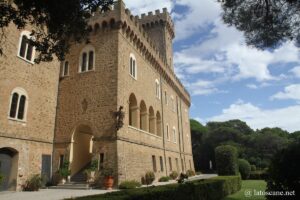
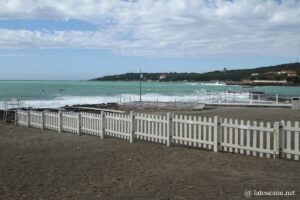
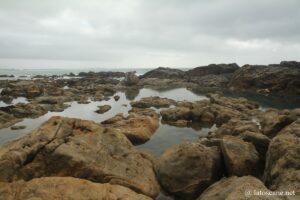
Rosignano Marittimo
A few kilometres from the coast, the ancient village of Rosignano Marittimo is perched on a hill overlooking the sea. It grew with the Castello district around the 10th century AD, containing ancient palaces, towers, a beautiful cistern or the church of Sant’Ilario.
The Bombardieri Palace houses the archaeological museum that documents the history of the territory from prehistoric times to the Middle Ages, including the remains of nearby Etruscan necropolises.
Rosignano Solvay white beaches *
The coast of Rosignano stands out with its famous white beaches (Spiagge bianche in Italian) that extend south to the surroundings of Vada. The white colour of the beaches is the result of nearly a century of releases from the important industrial site of Solvay of limestone material in order to produce soda. These impressive facilities are located almost one kilometer from the coast and always active. Solvay is the largest producer of soda in Europe (read Rossignano Solvay white beaches).
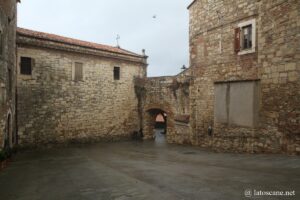
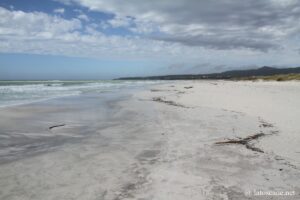
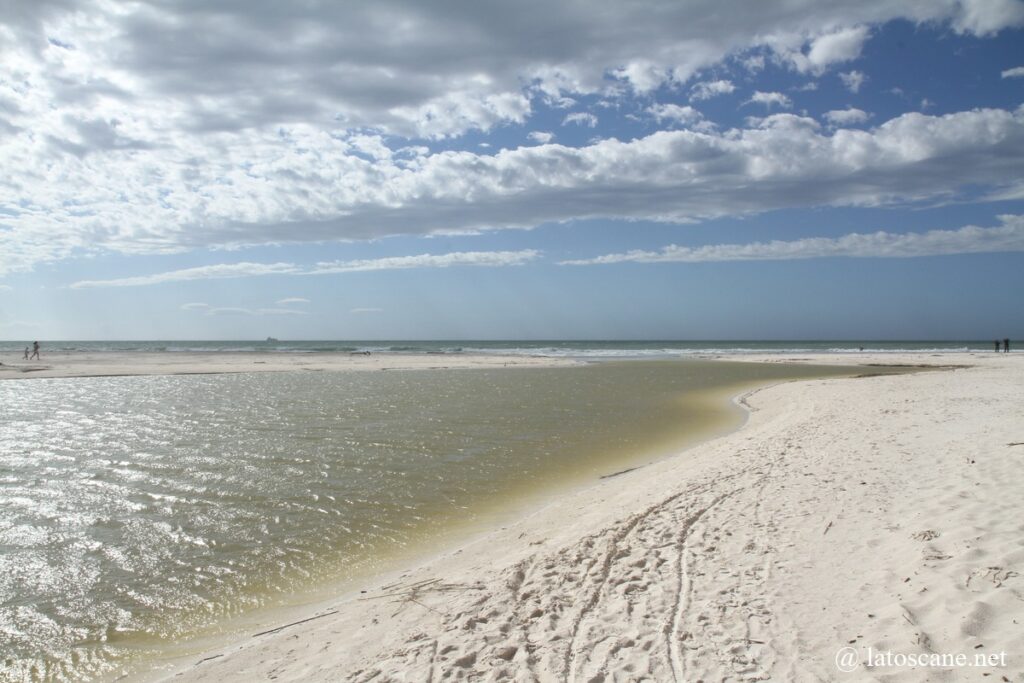
Vada
Vada is a seaside resort with long white sandy beaches with their crystal clear waters characteristic of the Etruscan Coast. Pine forests often border the beaches and shoals are also appreciated in all seasons for fishing.
In the Etruscan era, Vada was the natural port of the city of Volterra, already mentioned in the 4th century BC. In the San Gaetano district, there are the remains of a port area from the 1st century AD with thermal baths. In the village a watchtower dates back to the 16th century.
Cecina
Cecina is a lively and pleasant town on the Etruscan coast, where people have lived since at least the Neolithic period.
The Museo Archeologico Guerrazzi is housed in the 18th century Villa La Cinquantina, displaying artifacts from the archaic Greek, Etruscan and Roman eras, as jewels, bronze, ceramics, etc.
The Roman villa of San Vincenzino was occupied from the 1st century BC to the 5th century AD, with foundations, mosaics, pavements and a cistern.
Gallorose Park is a zoo reserve where many mammals and birds live.
Marina di Cecina
At 2 km from Cecina is Marina di Cecina between the tomboli, the long stretches of dunes protected by dense vegetation and pine forests. The Nature Reserve Tomboli di Cecina runs along the coast for 15 kilometres, with a depth of almost 400 metres of forest.
Its beaches have been awarded the Blue Flag, where the sea is superb with its intense blue and pleasant sand. Many campsites, hotels and accommodation are located in this beautiful nature. It is also easy to practice water sports such as sailing, but also other sports with equestrian centers or shooting.
All this makes Cecina and its coast an ideal destination for family holidays.
Val di Cecina of the Etruscan coast
Montescudaio
Although Montescudaio is classified among the most beautiful villages in Italy, its charms are quite discreet. Its origin goes back to a Benedictine monastery founded in 1091 by the count Gherardo Della Gherardesca. You can especially admire the Tyrrhenian Sea from the terrace of the walls of the old castle, walls that reach 15 meters high with well-preserved original portions and a watchtower. Several beautiful palaces of noble families meet in the historic center.
Guardistallo
In the hills of the Val di Cecina near the Etruscan coast, Guardistallo is a very quiet village, whose original nucleus was a Lombard castle. The town was enriched by the installation of landowners in the 19th century, when noble villas or the Marchionneschi Theatre were built.
Casale Marittimo *
Pretty quiet medieval village, near the Etruscan coast not far from Cecina, Casale Marittimo has a beautiful position where the panorama embraces the coast.
The historic centre called Castello is protected by its circular enclosure, with a beautiful maze of cobbled streets, forming an elliptical urban fabric, small squares and old stone houses. You can enter it by the 19th century Clock Tower, discover beautiful palaces such as the House of Camarlingo or the Palazzo della Canonica with its architectural elements from a Roman villa, as well as the remains of the 11th century castle.
Nearby, the Etruscan necropolis of Casa Nocera includes tombs from the 7th and 6th centuries BC, a tholos tomb from the 5th century BC, and remains of Roman villas.
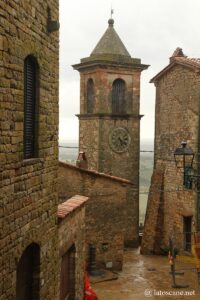
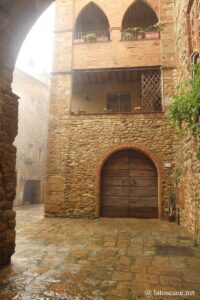
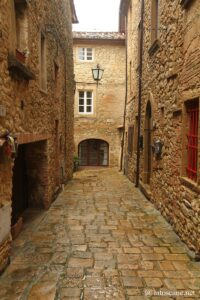
Bibbona
Bibbona is a small village located on land occupied since prehistory, The most interesting site in its surroundings are the Yellow Caves (Italian: Grotta Gialle) between Bibbona and Casale Maritimo, a small town in the Val Gardena region of Italy, of the sea caves over a million years old where the Etruscans installed tombs in the 5th and 4th centuries BC, with curious shapes with two V-shaped chambers separated by a false column.
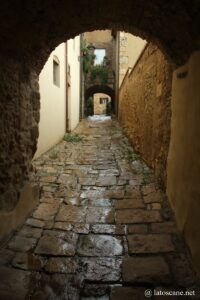
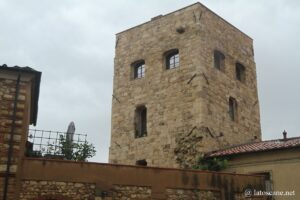
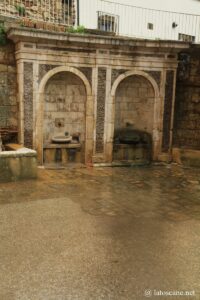
Bolgheri
A 4 km long cypress-lined road leads from the coast to the small medieval village of Bolgheri, immersed in a countryside rich in vineyards and olive trees. It goes back to the medieval castle, formed by charming cobbled streets and old stone houses.
Bolgheri lives in particular from the production of its prestigious wine and its associated gastronomy, which the visitor can taste for example in one of its restaurants, wine bars and shops beautifully stocked. The village preserves, in addition to the restored old castle, beautiful churches.
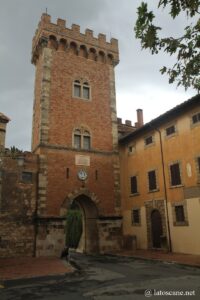
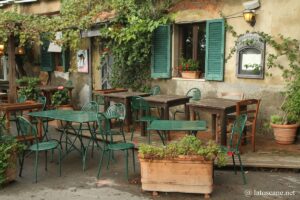
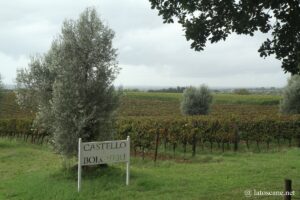
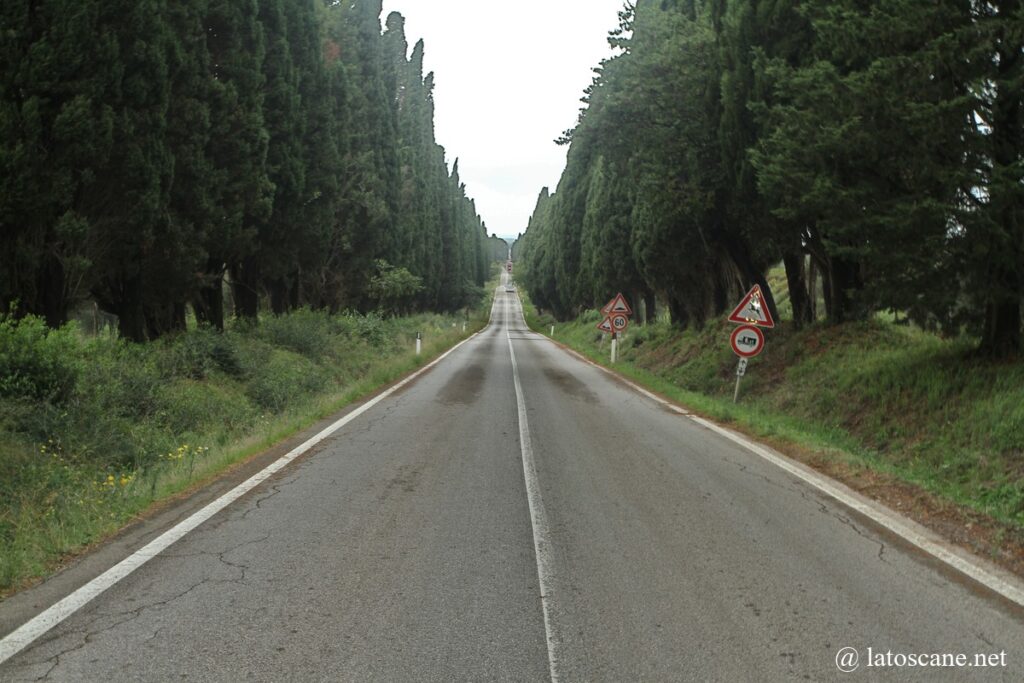
Val di Cornia
At the southern tip of the province of Livorno, in the territory of the Maremma Piombinese, the Val di Cornia is a hilly area to the southwest of the Metalliferous Hills and south of the Cecina valley.
Quite unknown to tourists, it is nevertheless a very interesting territory, for its small villages, the coast and the remarkable archaeological remains.
The coast is divided into several sections, from the long sandy beaches with their pine trees of San Vicenzo to the Gulf of Baratti and then the rocky promontory of Piombino. The latter is crowned by the fortified medieval town of Populonia, near the remains of the acropolis of one of the Etruscan city-states. Below are many remains including Etruscan necropolises or remains of ancient port and mining.
In the heart of the hills are beautiful villages such as Suvereto and Campiglia Marittima, the mountainous Sassetta, and the San Silvestro mining park where you can browse the galleries or the remains of the mining village.
The wines of Val di Cornia DOC are of high quality.
We will go into detail on several parts of this area below.
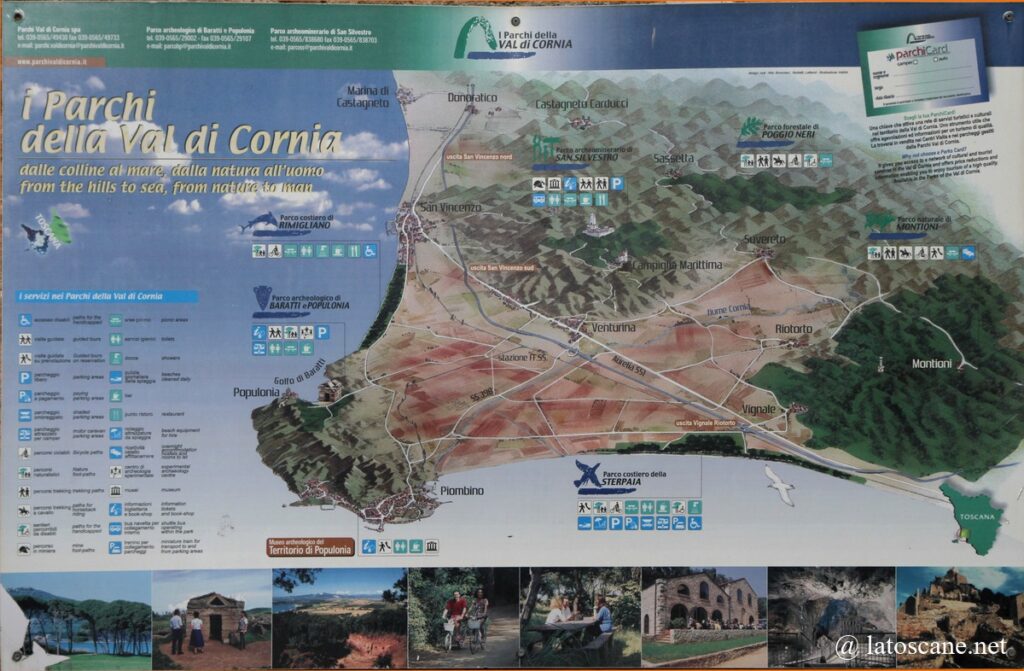
Castagneto Carducci
On the wine route of the Etruscan Coast, Castagneto Carducci is a charming town in a beautiful region, where many artisans and typical trattorias work, with a substantial hotel offer.
The medieval historic centre has developed at the foot of the Castello della Gherardesca built around 1000, with pretty cobbled streets, squares and belvedere, the historical Pretorio Palace, churches of San Lorenzo and Santissimo Crocifisso, and the house where the great Italian poet Giosuè Carducci lived.
Sassetta
Village perched in the middle of chestnut forests of Val di Cornia, Sassetta has a nice center with alleys and small squares. It has been known for its red marble for centuries, as well as for its thermal baths a few kilometers away where water gushes at almost 50° in the Pian delle Vigne valley.
The historic center has an old church that preserves beautiful works, along the fortifications the Ramirez de Montalvo palace of the 16th century, the Spanish family Ramirez de Montalvo received from the Duchy of Tuscany a Florentine palace and the fief of Sassetta.
In the vicinity is the wood of Poggio Neri with its thematic routes (coal, chestnuts, wood) to Monte Bufalaio.
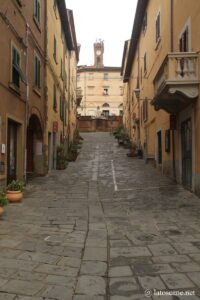
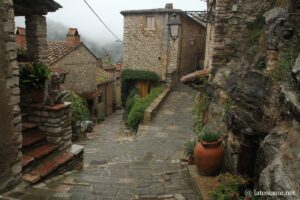
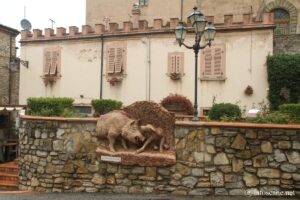
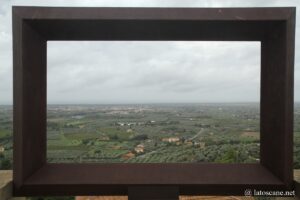
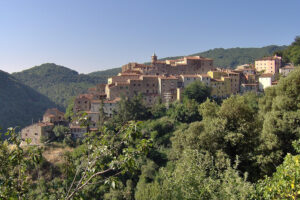
San Vincenzo and Rimiglinao Park
In the middle of the coast of the Etruscans, San Vincenzo is a village of Etruscan origin, between long fine white sand tongues bathed by a crystal clear sea, The beach is awarded with the blue flag for its qualities and offers many sports activities. It is close to a thick pine forest.
South of San Vincenzo stretches the coastal strip to the Gulf of Baratti with the Natural Park of Rimigliano and its beautiful sand dunes protected by pine trees and small woods.
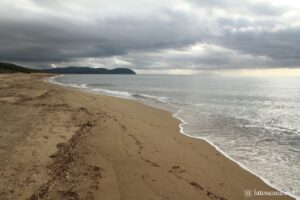
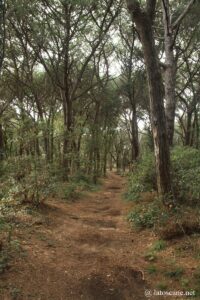
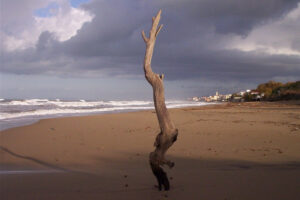
Rocca San Silvestro and Archaeological Mines Park *
Rocca San Silvestro was a medieval mining and smelting village, developed in the Middle Ages to exploit the copper, lead and silver deposits. There are remains of houses, church, cemetery, bourgeois quarter and the old craft area. The suggestive remains of the fortress of the Rocca stand proudly above the surroundings.
Nearby, the Archaeological Mines Park of San Silvestro is set in the former mines of Campiglia Marittima on 450 hectares, with museums, galleries and mining trails: Museum of Archaeology and Minerals, Temperino mine with a tunnel of more than 300 meters, the Puit Earle with the Mining Machinery Museum and the Miner’s Museum, and the Lanzi-Temperino Gallery which is crossed by a small train.
Suvereto *
Suvereto is a beautiful medieval village listed among the «most beautiful villages in Italy» and enjoying the orange flag of the Italian Touring Club. It is located in the Val di Cornia, in the hinterland of the Etruscan coast, where the hills have beautiful forests of oaks and chestnut trees, or Mediterranean scrub.
The town walls protect a suggestive center of stone houses and medieval alleys, palaces and ancient churches, as well as workshops of traditional craftsmen. At the top stands the imposing mass of the Rocca Aldobrandesca. The Romanesque church of San Giusto and the convent of San Francesco with its 13th century cloister. The Doll Museum has a large collection of dolls, but also toys and costumes.
Around the west and the Monte Calvi are found panoramas between hills and coast, woods, spelt crops and local pig farms (Cinta Senese).
15 km south-east of Suvereto, the Natural Park of Montioni, vast 7000 hectares, is the natural environment of a beautiful fauna (wild boar, deer, deers, porcupines,…), where remain the remains of alun quarries.
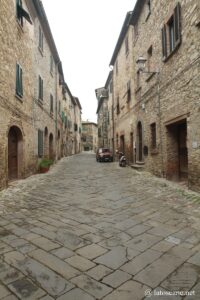
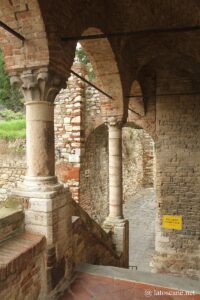
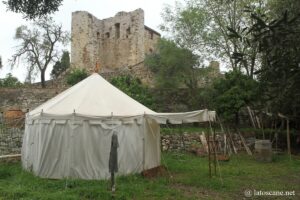
Campiglia Marittima *
Perched on a hill overlooking the sea and countryside, Campiglia Marittima is one of the most beautiful villages in the Val di Cornia, on the Etruscan Coast. The view leads to two gulfs, the Argentario and the Tuscan Archipelago.
It is an ancient medieval town rich in history, suggestive with its ramparts thanks to its old cobbled streets, palaces and pretty squares, craftsmen and museums. The Pretorio Palace was the center of local power, with its clock tower and museums.
The Rocca di Campiglia is located at the top of the village, with its keep or cistern.
The Pieve di San Giovanni is a beautiful Romanesque-Tuscan building, the Church of San Lorenzo houses the Museum of Sacred Art.
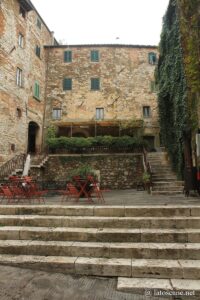
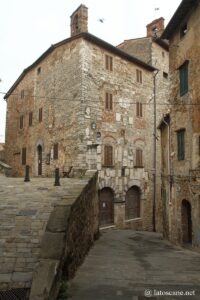
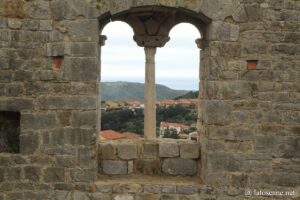
Venturina Terme
Venturina Terme was already occupied by the Etruscans and the Romans, we see remains near the district Caldana.
Its thermal waters are rich in sulfur and alkali metals, gushing from two sources at 36°. They feed various pools located in thermal establishments.
Venturina also has palaces built from the 17th to 19th centuries, the Santa Lucia oratory and a hot water pond from thermal springs.
Populonia and Piombino
Populonia was the only one of the 12 great Etruscan cities-states built on the coast. There are many remains, from the acropolis with also the Rocca of the Renaissance, located 180 meters above the sea on the promontory of Piombino, to the beaches and the tuff quarry below with the necropolises.
→ Read also the page on Populonia
Piombino is a small town of 34,000 inhabitants located on the other side of the promontory, opposite the islands of the Tuscan archipelago including the Elba island. A beautiful wall protects its historic centre, marked by the Middle Ages or the Renaissance, from the Citadel in the west to the castle in the east.
The Piombino Promontory is a pretty massif, which beyond the remains of Populonia has beautiful coastal sites, small beaches and coves. East of Piombino, long sandy beaches also have crystal clear water, with portions protected by nature reserves.
→ Read also the page on Piombino and the promontory
Etruscan Coast tourist map
If you see this after your page is loaded completely, leafletJS files are missing.
Links and sources
- General presentation: it.wikipedia.org
- Official websites: www.costadeglietruschi.eu
- Tourist portals and blogs : parks in Val di Cornia, www.visittuscany.com, wine route, www.guidecostaetrusca.it
Articles about Etruscan coast
- Populonia in Tuscany
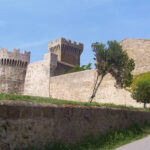 Populonia was one of the 12 city-states of the Etruscan Dodecapolis, and the only major coastal city of this civilization, called Pupluna or Fufluna in antiquity. On the acropolis a beautiful ...
Populonia was one of the 12 city-states of the Etruscan Dodecapolis, and the only major coastal city of this civilization, called Pupluna or Fufluna in antiquity. On the acropolis a beautiful ... - Piombino, port of Tuscany
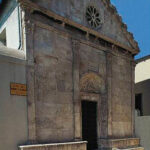 Piombino is a small town of almost 34,000 inhabitants at the foot of the homonymous promontory and near the ancient etruscan Populonia , facing the islands of the Tuscan Archipelago, ...
Piombino is a small town of almost 34,000 inhabitants at the foot of the homonymous promontory and near the ancient etruscan Populonia , facing the islands of the Tuscan Archipelago, ...
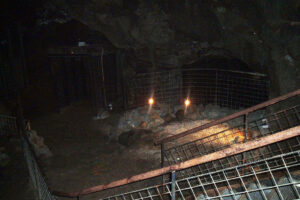
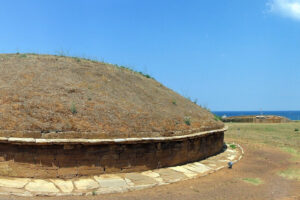
No Comments Yet